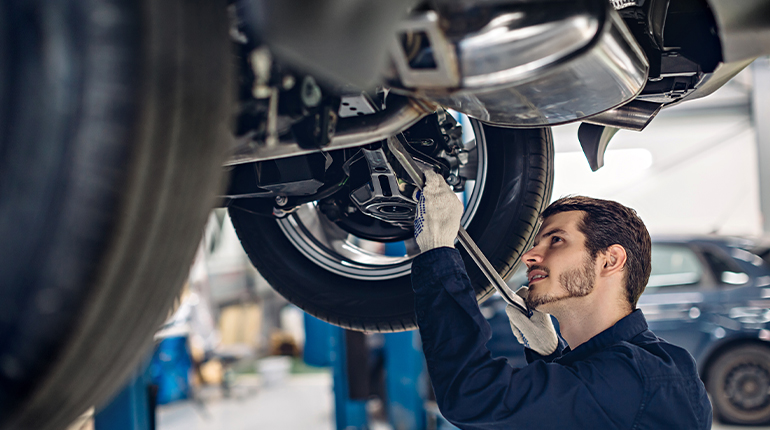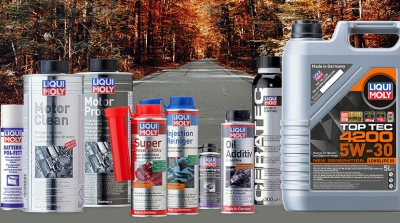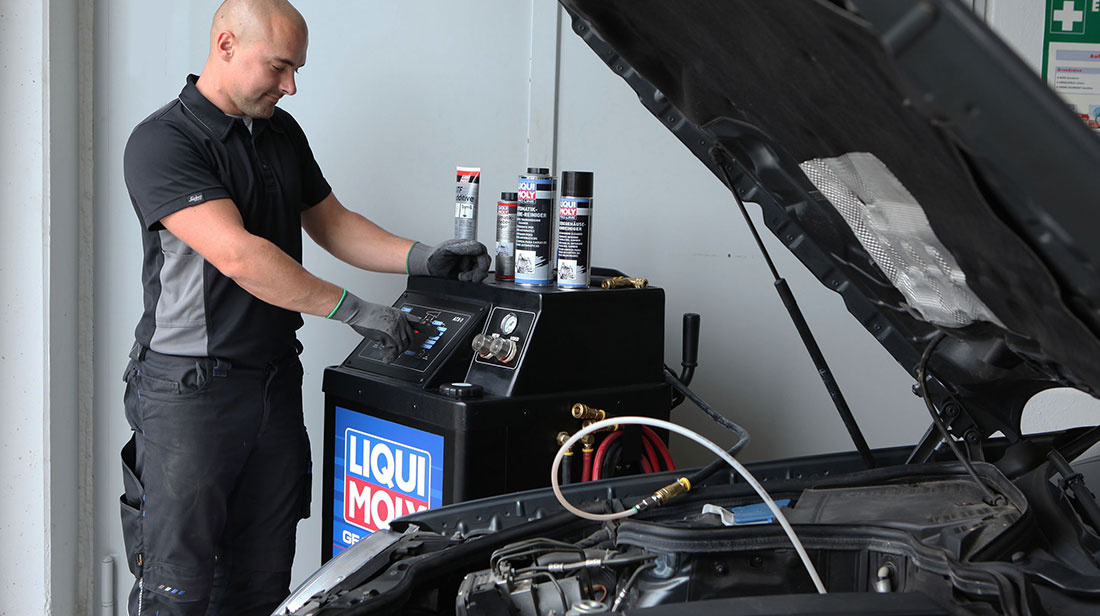
What You Need to Know About Vehicle Service
Vehicle maintenance is the key to keeping your car in top condition for as long as possible. This is why having a car maintenance checklist can be key to maximizing your investment and making sure that you stay safe on your next adventure. However, it can be difficult to know exactly what type of service is needed and when, as every car and every situation is different.
On the hunt for a car repair checklist and schedule? We have you covered. Below, we’re mapping out all of your car’s service needs throughout the course of its life, and showing you how you can leverage preventative maintenance to protect your car’s value.
➤ The Complete Car Maintenance Checklist
Maintenance is different from repairs. Repairs are meant to restore your car to working condition–which can, at times, be prevented with proper maintenance and care. Here are six of the most important vehicle maintenance tasks to consider over the course of your car’s lifetime:
1. Vehicle Inspections
You can’t fix what you aren’t aware of! These are especially important to help you visually inspect the car, and identify opportunities for repair or needed maintenance before it becomes a problem.
You should conduct a vehicle safety inspection semi-regularly, at least once or twice per year. This might seem a bit too much, but it doesn’t have to be an inconvenience. Any auto mechanic near you should be able to offer this service at the time of your oil changes, or you can opt to learn how to do it yourself.
The process is simple: Check all of the key elements of vehicle function and safety. These include your horn, lights, bumpers, brakes, oil, fluid levels, and odometer. Don’t forget the tires!
2. Tire Maintenance
Tires lose their grip over time, which can lead to unsafe driving and loss of traction in certain driving conditions. You can avoid this risk by monitoring your tire pressure, wear and tear, and checking your tires for any damage.
Additionally, be sure to stay on top of tire rotations. You can check your owner’s manual for the recommended intervals for rotation in order to maximize the life of your tires.
3. Oil Changes
Engine oil lubricates and protects your engine from damage, which is why oil changes are so crucial to your car’s overall function and safety. You can choose to save a few dollars and do this yourself, or have a professional service your vehicle instead. On average, most vehicle service providers recommend doing an oil change every 5,000 miles, or at least twice a year.
This could be more or less frequent depending on your vehicle and driving habits.
4. Headlight Maintenance
Your headlights keep you safe during night drives or unsatisfactory road conditions. If you notice that your lights are hazy or dimmed, don’t wait–have them replaced as soon as possible. The lifetime and duration between replacements can vary depending on your bulb type and driving habits. Be sure to do monthly functionality tests to preserve clarity and minimize your risk of a crash.
5. Spark Plug Replacements
Spark plugs keep your engine working as efficiently as possible, and work to reduce your vehicle emissions into the atmosphere. Spark plug replacements are considered to be preventative maintenance, usually brought on by signs of failure. You should check your spark plugs if you notice that you’re “running rough,” or if you see your fuel economy suffer.
Depending on the type of spark plug, you should consider replacement every 30,000-100,000 miles. You can choose to do the repair yourself if you have the experience, or you can have your spark plugs serviced by a professional, since it’s such a vital part of your engine’s performance. Be sure to reference your car’s owner’s manual for more information.
6. Air Conditioning Filters
Depending on what type of car you have, your air and cabin filters should be fairly easy to access and swap when needed. Signs of needed change include foul smelling air circulation when you run your AC, uneven cooling in your vehicle, or a complete lack of function. Be sure to check your filters at least once a season, as different weather conditions and driving habits can impact the health of your filters. You can get them changed when you have your vehicle serviced to save you time and cost.
7. Brakes
Brakes are a relatively simple form of car maintenance that is essential to your health and safety on the road. The average time for replacement varies depending on the type of driving you do. However, a good rule of thumb is to inspect at every 10,000 miles and replace at every 30,000. Your owner’s manual will be a good source of information about changing your brakes, but so is your car mechanic.
Car Maintenance and Repair FAQs:
What regular maintenance should be done on a car?
Any part of your car that’s needed for safety and function should be included in your regular inspection schedule. This includes your spark plugs, oil and fluid levels, brakes, air conditioning filters, brakes, lights, tires, and overall function.
What is the most important maintenance on a car?
There is no maintenance element that outweighs another. All parts of your car are needed to help it to run efficiently and safely. Preventative maintenance is key to protecting the life of your vehicle.



